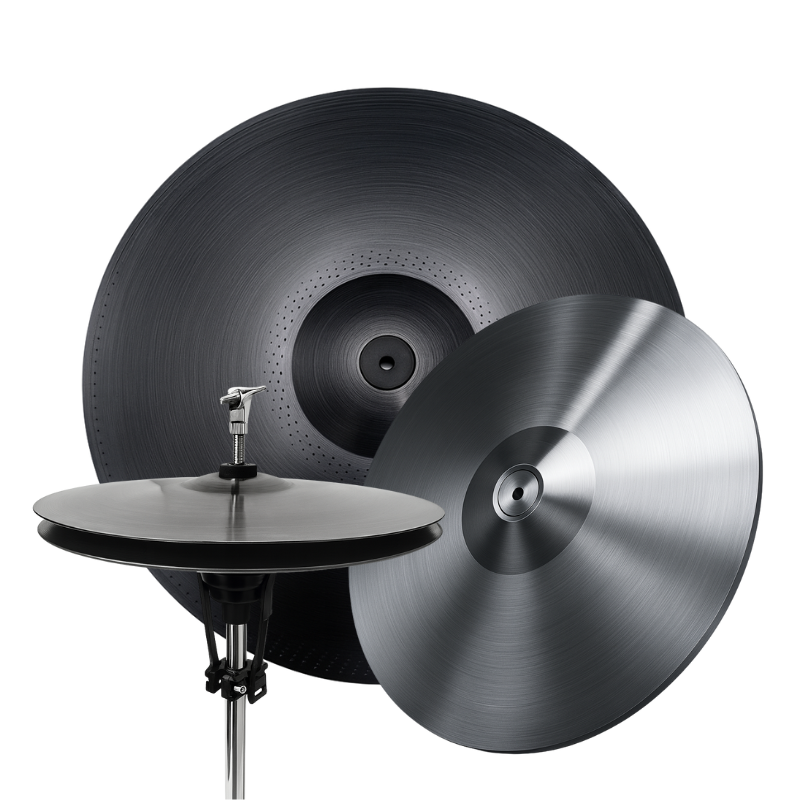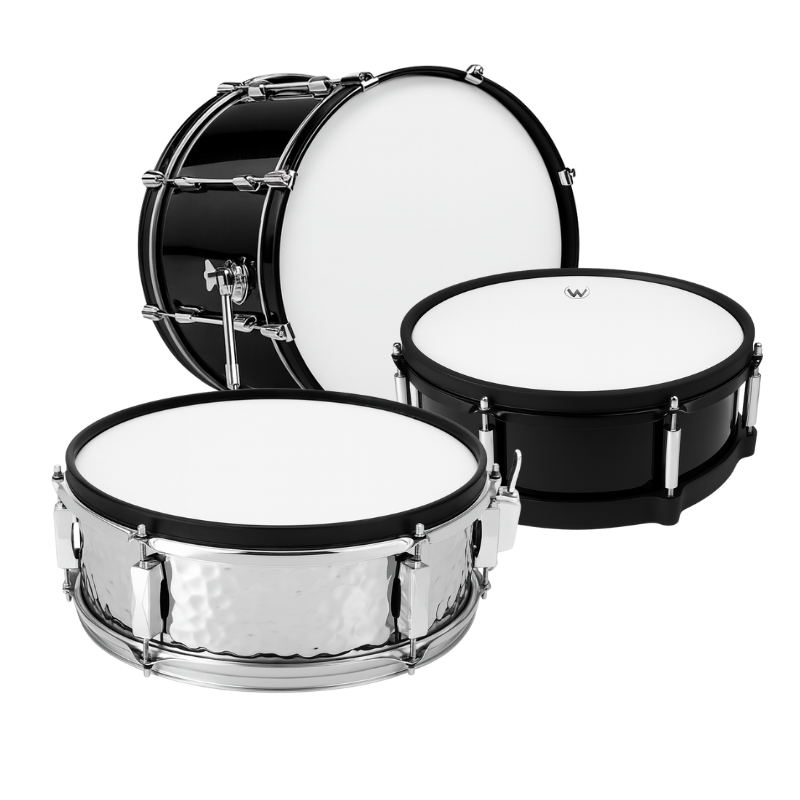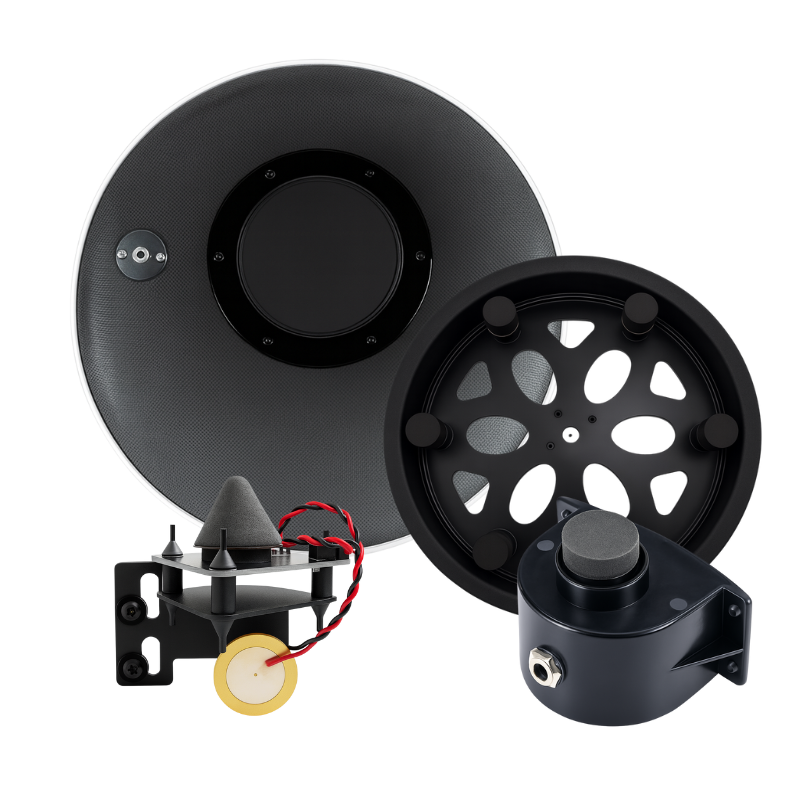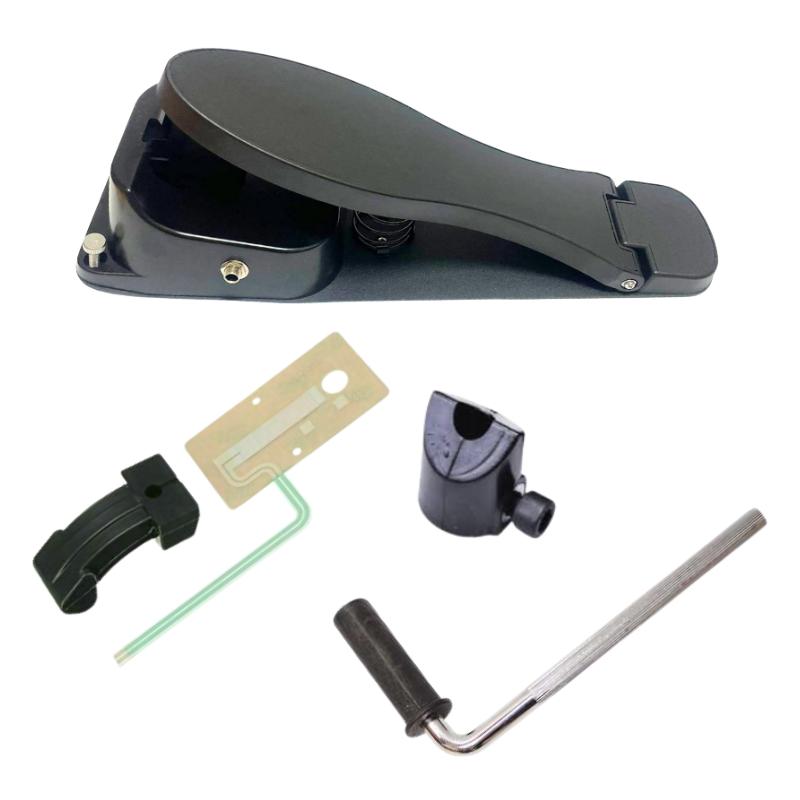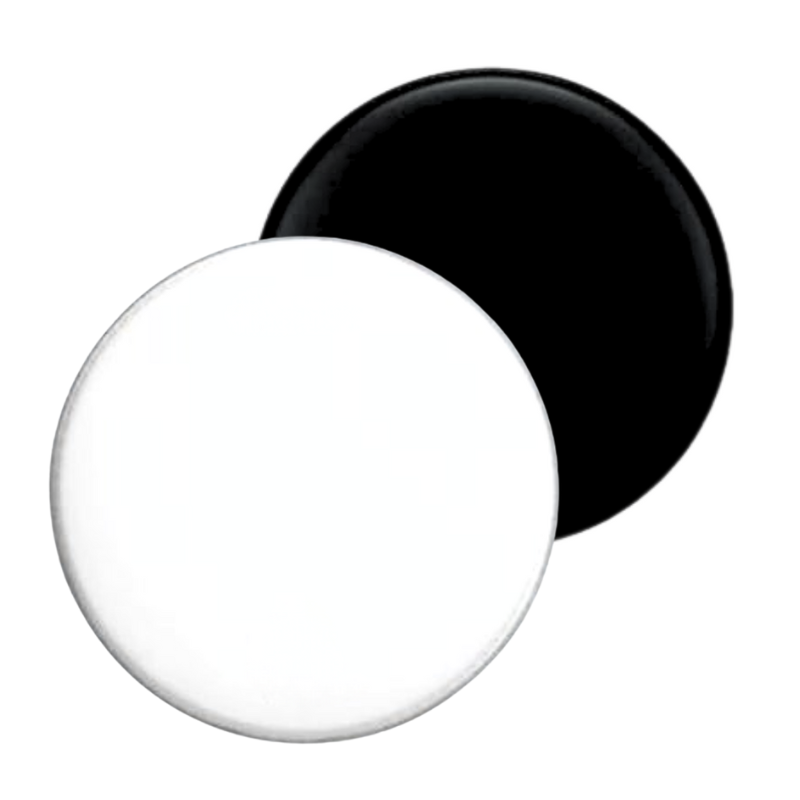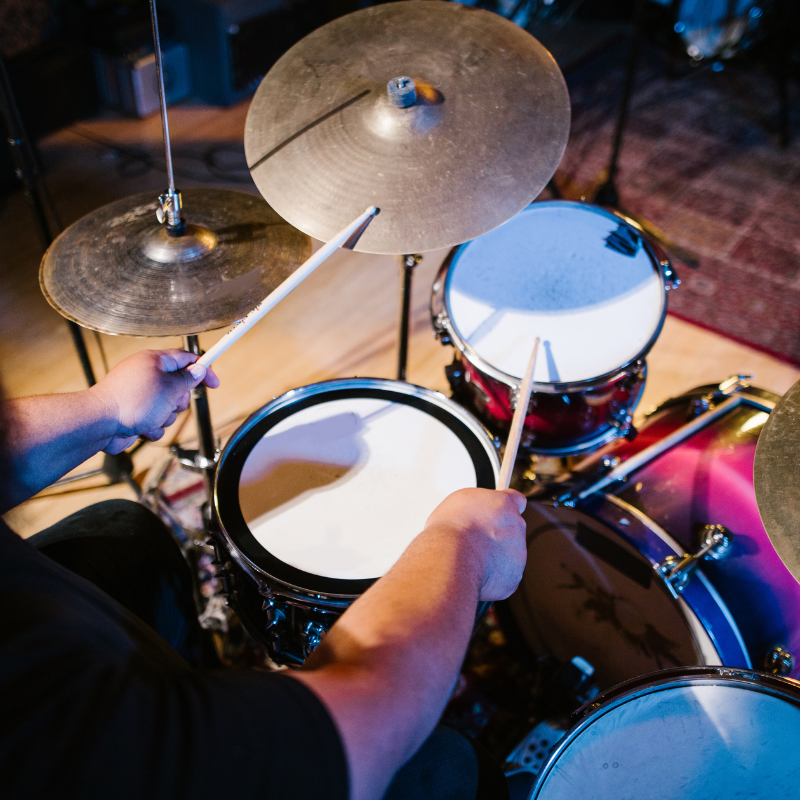
How to Develop Speed on the Drums – Control, Technique, and Consistency
Share
Speed in drumming is not just about playing fast
It’s about being in control, staying relaxed, and delivering every note cleanly
Whether you’re working on hand speed, foot speed, or full-kit coordination, developing real speed takes time, discipline, and proper technique
Speed Comes from Control, Not Tension
Many drummers make the mistake of chasing speed by pushing harder
But real speed comes from relaxed movement and efficient technique
The tighter you are, the slower you become
Speed is a byproduct of precision, not brute force
Start slow
Play evenly
Stay relaxed
Then increase gradually
Practice with a Metronome
A metronome is essential for building speed
Choose a tempo that challenges you but allows full control
Work in small increments — for example, 70, 75, 80 BPM — increasing only when you can play cleanly for long periods without tension
Use subdivisions (eighths, triplets, sixteenths) to build inner time and smoothness
Track your progress weekly to stay motivated
Use Rudiments to Train Both Hands
Rudiments are essential for hand speed
Start with single strokes, double strokes, paradiddles, and flam-based patterns
Use a practice pad, electronic snare, or mesh pad for quiet repetition
Make sure you’re alternating hands properly
Practice accents, dynamics, and stick control to train finesse as well as force
Focus on Finger and Wrist Technique
For hands, speed is built from fingers and wrist — not the full arm
Use finger control to bounce the stick
Engage the wrist to initiate motion
Avoid lifting your arms unnecessarily or using shoulder strength
Practice tap strokes, push-pull technique, and controlled rebounds
Keep the motion small, fast, and loose
Foot Speed and Pedal Technique
Use a kick pad or real pedal to train foot speed
Practice heel-up and heel-down techniques to find what works for you
Use exercises like alternating singles between feet or doubles on one foot
Short bursts of fast doubles followed by slow control practice help develop clean motion
Beater angle, spring tension, and pedal height can all affect your ability to play quickly and cleanly
Don’t Sacrifice Sound for Speed
Speed is useless without control
Make sure your strokes still sound even and musical at higher tempos
Use dynamics, ghost notes, and accents even when playing fast
Record yourself to hear the consistency
If it sounds messy or uneven, slow down, fix it, and rebuild
Related Keywords and Variants
How to play drums faster
Increase hand speed on drums
Drum speed technique
Develop fast feet on kick drum
Speed practice for drummers
Drum rudiments for speed
Double stroke speed training
Fast drumming with control
Electronic drum speed workout
Speed vs control in drumming
Drum acceleration exercises


